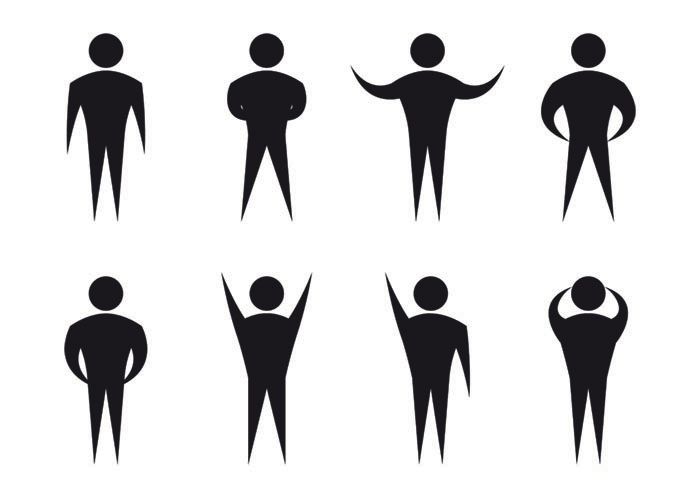“Invisible infrastructures” include our states of mind, emotions and physiology. They are parts of our infrastructure in that they are components of interrelated systems that are essential to our living and interacting. Like the infrastructure of the United States, it usually receives little attention, especially in meetings. When we lose track of our infrastructures—proliferating thoughts, fluctuating emotions, and varying physical sensations—we can unconsciously influence a meeting for good or ill.
In addition to the practices noted last week (noticing your internal atmosphere, developing awareness of the present moment, and defining intentions), you can use gestures to positively influence these invisible infrastructures during interactions. You can deliberately use gestures to shape interactions inside you and around you.
Gestures are a movement of a part of the body—for example your hands, head, facial muscles, or the whole body—that expresses an idea or emotion. Most often, such gestures are a natural and unconscious communication of our thoughts and feelings. (Whether we want to communicate our emotions or not, we communicate them through our gestures.)
We can also use them consciously to shape our internal infrastructure—state of mind, emotions, and physical sensations. Research supports my direct experience: we can influence our emotional and physiological states, and thus our thinking, by assuming the physical appearance or gesture of a particular emotion. In other words, an emotion creates a gesture and a gesture creates an emotion. For example, smile a really big, really real smile. Notice what starts to occur inside you as you do this. It might take a few moments for you to sense the change inside.
Because of what I have learned from Russell Delman, I am frequently able to positively influence my invisible infrastructure through my gestures. This is especially useful when I notice unhelpful thoughts, emotions, and physical sensations arising (for example tightening of my facial muscles).
Softening the muscles in my face and smiling a wee bit, helps me slow or stop critical stories I am spinning about others. Consciously sitting up straight, opening my chest, and feeling my feet on the floor decreases frustration or impatience. Taking three deep breaths and imagining the air opening more space throughout my body calms my mind and allows more possibilities to emerge beyond “either/or” thinking.
No one knows I am doing this. But I know it helps me make more constructive contributions to meetings.
You can, of course, use gestures to contribute directly to an interaction by, for example, leaning forward to listen to others, extending an open hand as you ask them what they think, and nodding with encouragement when they respond.
We can consciously shape our internal infrastructure in positive ways through gestures that enable us to interact with others more authentically and constructively. Experiment with gestures that help you have a positive influence on yourself and, therefore, on a meeting as a whole.
* With great gratitude to Russell Delman for the transformative practice of using gestures to influence one’s internal infrastructure.

